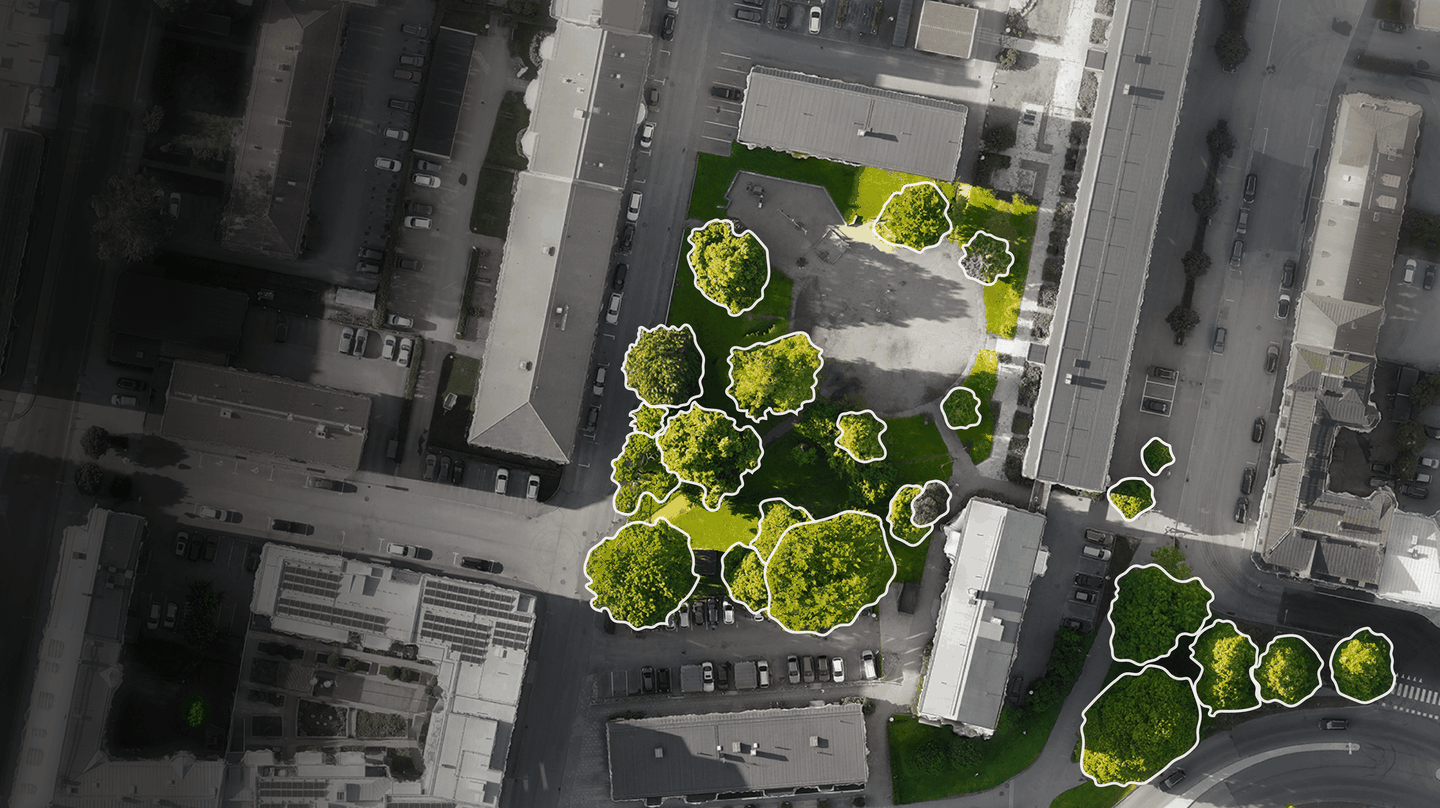
Urban trees are more than just aesthetics; they are vital infrastructure contributing to economic growth, cleaner air and water, reduced stress, carbon sequestration, biodiversity, and cooler urban temperatures. But how can cities effectively measure and manage their urban forests to maximize these benefits? Enter the 3-30-300 rule, a practical framework that provides actionable targets for urban tree management and green infrastructure planning.
Developed from extensive research on the health and well-being impacts of urban nature, the 3-30-300 rule sets three clear, measurable goals for urban greenery:
Implementing the 3-30-300 rule effectively requires precise, tree-level data. Traditional manual inventory methods are often expensive and time-consuming. This is where AI-powered image analysis, like that offered by Arboair, revolutionizes urban tree management.
Arboair utilizes drone, aerial, and satellite imagery combined with advanced AI models to provide detailed insights into urban tree populations. This process involves:
This technology provides municipalities and urban planners with:
Cities like Karlstad have already benefited from Arboair's solutions, rapidly and cost-effectively building comprehensive tree databases. This has enabled them to not only manage tree-related risks proactively but also establish a baseline for achieving the 3-30-300 goals. Urban planners and arborists can use this data for a multitude of applications, from planning new infrastructure projects with minimal impact on existing trees to strategically planting trees in vulnerable areas for climate adaptation.
By embracing the 3-30-300 rule and leveraging advanced AI solutions for tree inventory and analysis, cities can cultivate healthier, more resilient, and sustainable urban environments for all their citizens.